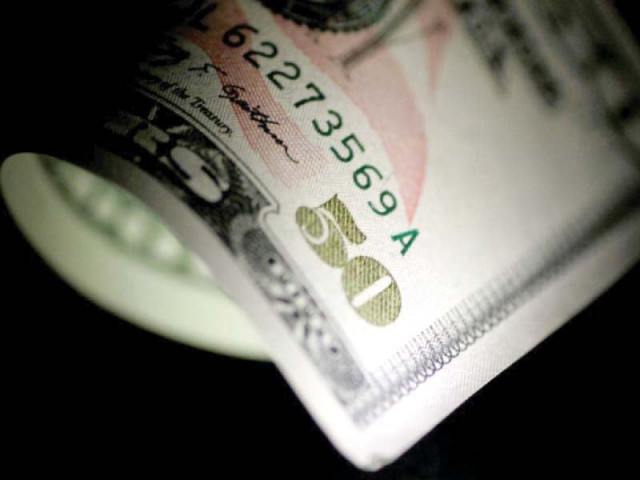The return of Hawala networks
Remittance service providers blame gap in interbank, open market exchange rates

Foreign remittance service providers attribute the re-emergence of grey channels to the exchange rate fluctuations that has widened the gap between the interbank and open market rates. These gaps promoted the return of ‘Hundi or Hawala’ networks, where overseas Pakistanis are getting good rates for their remittances. “A large gap in the rates of the interbank and open market has negatively impacted the flow from the official channel,” said Naqqash Hafiz, Executive Head of Finance ACE Money Transfer, a leading UK-based international remittance service provider.
Speaking to the Express Tribune, Hafiz explained that the gap is luring some overseas Pakistanis towards using grey channels for the purpose of sending their remittances. “Dealing with two exchange rates is not good for the health of legal remittance service providers,” he remarked, adding that, “This practice is strengthening some local currency traders and is creating a monopoly for them. The State Bank of Pakistan (SBP) should provide a level playing field.” According to the World Bank, workers’ remittances make up 8.69% of Pakistan’s overall GDP, proving to be a lifeline for the country. Remittance inflows to Pakistan accelerated after Covid19 and saw an upward trend, staying above $2 billion for the last 28 consecutive months.
However, the country registered a 6% decline in remittances from July to September 2022. Hafiz further said that according to the World Bank’s estimate, globally some $624 billion were remitted last year. “Apart from the $624 billion, another 80% of remittances globally have been sent through illegal channels, depicting a huge opportunity for legal companies”. The SBP’s ‘Roshan Digital Account’ initiative has managed to channelise a chunk of the remittances’ inflow to Pakistan. Other private companies are also collaborating with local banks under the Pakistan Remittance Initiative to get their share in this market.
“SBP is providing incentives for companies like ours, and in return we also have to provide different incentives to overseas Pakistanis, especially in this digital and competitive era,” maintained Hafiz. The company has collaborated with Bank-Al-Habib and is offering money transfers in seven seconds into Pakistani bank accounts.
“Expats sending remittances consider many factors, but the transfer cost, exchange rates, speed, and security are a few of their primary concerns that we have to address for better clientage,” he added. Illustrating his point, Hafiz said “The SBP then incentivises such companies by providing 20 Saudi Rials for remittances exceeding $100 dollars.” He further highlighted that as per their company’s statistics, on an average, an overseas Pakistani sends $450 dollars to Pakistan.
“From Europe and England, the percentage of Pakistanis sending less than $100 is in-between 16%- 18%, whereas from the Middle East and North African countries, it ranges between 25%-30%.” The company, which is the initiative of a United Kingdom (UK)-based Pakistani citizen, is present in 106 countries. “We initiated our services for Pakistan in 2010. Since then, the trend of sending remittances to Pakistan are changing.
Nine years ago, people from Europe and the UK used to send 5%-8% of their remittances to Pakistani bank accounts and as of today, this figure has reached at 65%, which translates into a 7%-8% annual increase,” informed Hafiz. “For countries like Pakistan, remittances are an important part of the economy. The influx will increase more in the coming years, most likely through legal channels as the world is becoming more and more digital with each passing day,” the ACE finance chief observed.



















COMMENTS
Comments are moderated and generally will be posted if they are on-topic and not abusive.
For more information, please see our Comments FAQ